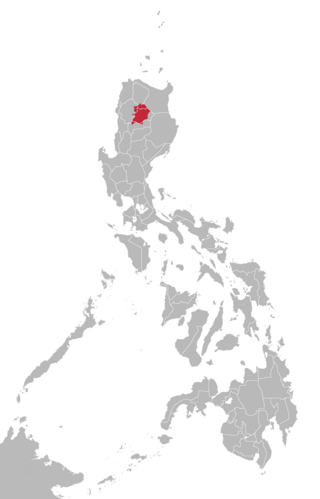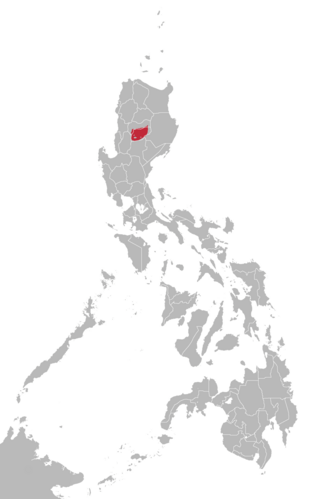Related Research Articles
Most languages of Europe belong to the Indo-European language family. Out of a total European population of 744 million as of 2018, some 94% are native speakers of an Indo-European language. Within Indo-European, the three largest phyla are Romance, Germanic, and Slavic, they have more than 200 million speakers each and together account for close to 90% of Europeans. Smaller phyla of Indo-European found in Europe include Hellenic, Baltic, Albanian, Celtic, Armenian and Indo-Aryan.
Bihari is a group of the Indo-Aryan languages. The Bihari languages are mainly spoken in the Indian states of Bihar, Jharkhand, West Bengal and Uttar Pradesh and also in Nepal. The most widely spoken languages of the Bihari group are Bhojpuri, Magahi and Maithili.
In addition to its classical and literary form, Malay had various regional dialects established after the rise of the Srivijaya empire in Sumatra, Indonesia. Also, Malay spread through interethnic contact and trade across the Malay Archipelago as far as the Philippines. That contact resulted in a lingua franca that was called Bazaar Malay or low Malay and in Malay Melayu Pasar. It is generally believed that Bazaar Malay was a pidgin, influenced by contact among Malay, Hokkien, Portuguese, and Dutch traders.

Kalinga is a dialect continuum of Kalinga Province in the Philippines, spoken by the Kalinga people, alongside Ilocano. The Banao Itneg variety is not one of the neighboring Itneg languages.

Ifugao or Batad is a Malayo-Polynesian language spoken in the northern valleys of Ifugao, Philippines. It is a member of the Northern Luzon subfamily and is closely related to the Bontoc and Kankanaey languages. It is a dialect continuum, and its four main varieties—such as Tuwali—are sometimes considered separate languages.

Bontoc (Bontok) is the native language of the indigenous Bontoc people of the Mountain Province, in the northern part of the Philippines.
Wetarese is an Austronesian language of Wetar, an island in the south Maluku, Indonesia, and of the nearby islands Liran and Atauro, the latter island separate from the mainland of East Timor, north of Dili.

The languages of South America can be divided into three broad groups:
The Ngbandi language is a dialect continuum of the Ubangian family spoken by a half-million or so people in the Democratic Republic of Congo and in the Central African Republic. It is primarily spoken by the Ngbandi people, which included the dictator of what was then known as Zaire, Mobutu Sese Seko.

The Tharu or Tharuhat languages are any of the Indo-Aryan languages spoken by the Tharu people of the Terai region in Nepal, and neighboring regions of Uttarakhand, Uttar Pradesh and Bihar in India.
Kela, or Lemba, and Yela are a Bantu language of the Democratic Republic of Congo spoken by several hundred thousand people in the Kasai-Oriental, where the spoken dialect is "Kela", and Équateur Province, where the spoken dialect is "Yela".
Phola, or Upriver Phula, is a dialect cluster of the Loloish languages spoken by the Phula people of China.
Orokaiva is a Papuan language spoken in the "tail" of Papua New Guinea.
Kalagan is an Austronesian dialect cluster of the Davao Region of Mindanao in the Philippines. It is also spoken in a few parts of Caraga, still in Mindanao.
Agusan is a Manobo language of northeastern Mindanao in the Philippines.
Jofotek-Bromnya is a Papuan language of Sarmi Regency, Papua, Indonesia.
Mandaya is an Austronesian language of Mindanao in the Philippines. It may be intelligible with Mansaka.
Atta is an Austronesian dialect cluster spoken by the Aeta (Agta) Negritos of the northern Philippines.
References
- ↑ Musasa at Ethnologue (18th ed., 2015) (subscription required)
- ↑ Musasa at Ethnologue (21st ed., 2018)
